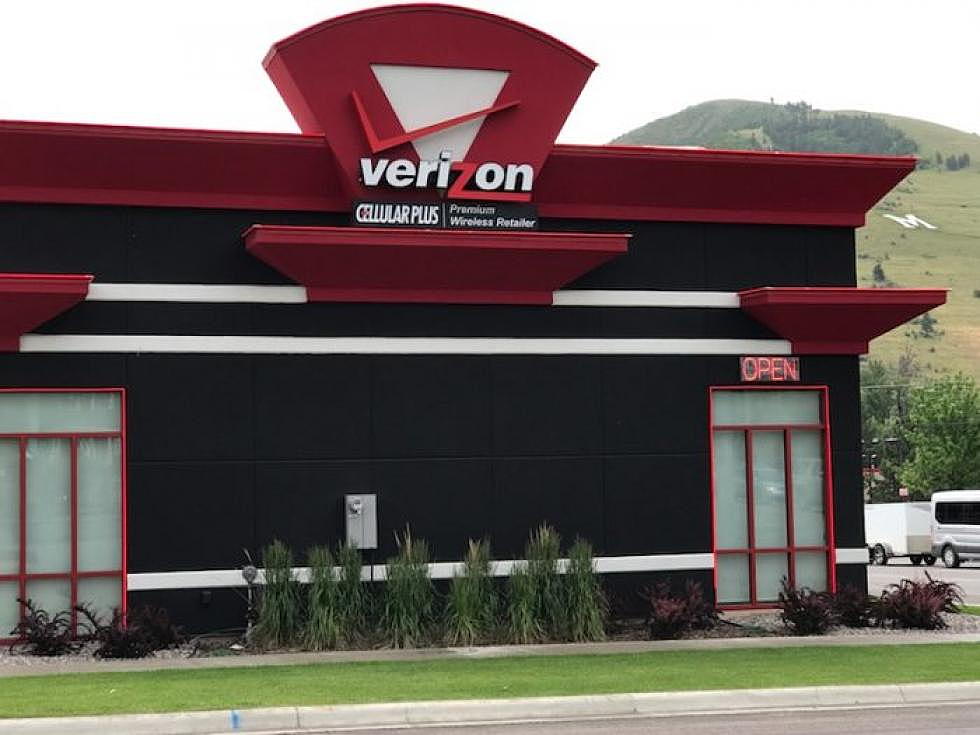
Prairie Lights: Signs of change spark nostalgia for Missoula’s Broadway Market
Nothing like a couple of days in Missoula to make me wish for a return to the days when America was not so great.
Let me explain.
I lived here off and on for seven years back in the ’70s, and what with Mrs. Kemmick being a native of this town, we get back here four or five times a year. Despite the frequency of our visits, my memories of old Missoula are much stronger than my impressions of an earlier Billings, where I have resided for almost 30 years.
In Billings, I’ve lived with all the incremental changes for nearly half my life, so that the larger picture of change doesn’t register as strongly. In Missoula, I don’t have that sense of gradual change, but rather an impression of sudden, shocking transformation.
It’s much like the difference between watching your own children grow up as opposed to seeing a friend’s children infrequently: How the hell did they suddenly become college students, or God forbid, parents themselves?
And in Missoula, there is no more shocking change than the one at the corner of Madison Avenue and East Broadway, formerly the site of Alfredo Cipolato’s Broadway Market.
Alfredo was a native of Italy, and his market looked and smelled and felt just like an old Italian market, right down to the creaky, uneven floors and the glass-and-metal display cases full of meats and cheeses that nobody else was selling in Missoula in those days.
Now? The corner is home to one of those black-and-red Verizon stores, as gaudy and god-awful ugly as the Broadway Market was charming and plain.
I know that Alfredo’s old store sat vacant for almost a decade after it closed and that it was falling apart, taken over by transients. And I understand that people are mostly free to do what they want with their own property, including erecting god-awful ugly buildings on it.
But I miss the days when so many stores and shops and public buildings were smaller and more makeshift, when they more closely reflected the personalities of the people who ran them, or built them or perhaps had renovated them. Now the world is overrun with cookie-cutter buildings stamped out by corporations.
It might be cheaper and more convenient to shop at one of the giant stores on Reserve Street (here in Missoula) or King Avenue West (in Billings), but you could go to Costco, Shopko and Walmart every day for a year and you’d never experience anything similar to what Alfredo’s loyal customers experienced every time they set foot in the Broadway Market.
We’re seeing a return to that old culture in some parts of the economy. I’m thinking in particular of all the fine little restaurants, coffee shops and breweries in downtown Billings, but they are all relatively new and most of the proprietors are consciously trying to re-create the spirit and milieu of those earlier days.
In Alfredo’s day, there were many shops like his. Few of them had quite as much character as the Broadway Market, but what they all shared was a sense of history, a kind of ramshackle familiarity. So many of the shop owners in those days grew up in a time before financing was easy to obtain, and before it was considered normal to go deeply into debt.
They did things on the cheap, in other words. Improvements were made when they had to be, to keep up with the codes or to make customers reasonably comfortable, but frugality was king. They weren’t trying to be quaint, they were just trying to survive, and their establishments gradually evolved to meet their own and their customers’ needs.
As a result, each place became something unique, something that could not be replicated elsewhere because there were no blueprints.
There is probably nothing new about my lament. I imagine some doddering old Athenian was embittered when the authorities condemned his favorite fish market and built the Parthenon on the site. But at least the Parthenon is still there. In modern America, it would have been demolished 30 years later, replaced by a big-box store with a shelf life of 20 years.
Ed Kemmick has been a newspaper reporter, editor and columnist since 1980. Except for four years in his home state of Minnesota, he has spent his entire journalism career in Montana, working in Missoula, Anaconda, Butte and Billings. "The Big Sky, By and By," a collection of some of his newspaper stories and columns, plus a few essays and one short story, was published in 2011.
